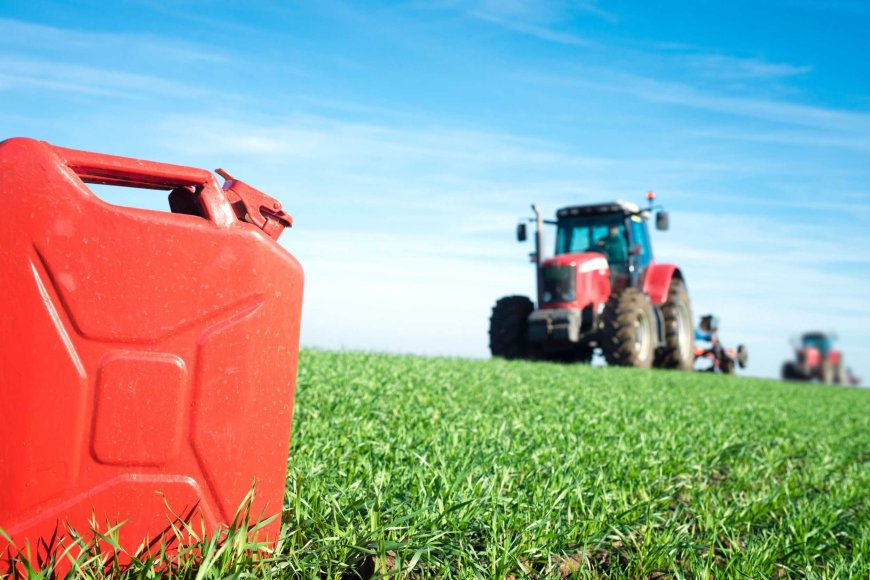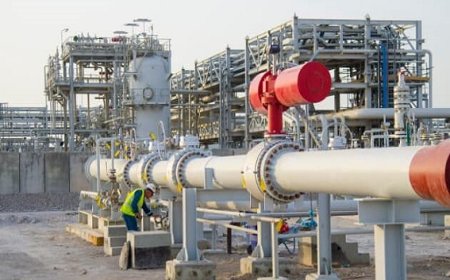Fueling Progress: Understanding the Different Types of Fuels

Energy powers our daily livesfrom the electricity that lights our homes to the gasoline that fuels our cars. At the heart of this energy are various types of fuels, each with distinct characteristics, sources, and environmental impacts. Understanding the different types of fuels is essential for making informed choices about energy consumption, sustainability, and our planets future.
Fuels are broadly classified into solid, liquid, gaseous, and alternative types. Lets explore each in detail.
1. Solid Fuels
Solid fuels are some of the oldest energy sources known to humanity. These are combustible materials that are solid at room temperature.
-
Wood was one of the first fuels used by humans and is still commonly used for cooking and heating in many parts of the world. While renewable, excessive use can lead to deforestation.
-
Coal is a fossil fuel formed from ancient plant matter. It has been a major energy source since the Industrial Revolution, mainly for electricity generation. However, coal burning releases large amounts of carbon dioxide and harmful pollutants.
-
Biomass, such as crop residues, sawdust, and animal dung, is another form of solid fuel. It is renewable and can be a cleaner alternative to coal when used efficiently.
2. Liquid Fuels
Liquid fuels are widely used due to their high energy content and ease of transport and storage. Most are derived from crude oil through the refining process.
-
Gasoline (Petrol) is a common fuel for cars and motorcycles. It burns efficiently but contributes significantly to air pollution and greenhouse gas emissions.
-
Diesel is used in trucks, buses, trains, and industrial machinery. It delivers more energy per unit than gasoline but produces more nitrogen oxide emissions.
-
Kerosene is often used for heating, lighting, and aviation fuel. It is versatile but not environmentally friendly.
-
Biofuels such as ethanol and biodiesel are made from plant materials and waste oils. These are renewable and emit fewer pollutants, making them a greener alternative to fossil-based liquid fuels.
3. Gaseous Fuels
Gaseous fuels are known for their clean-burning properties and efficiency. They are commonly used in homes, industries, and increasingly in vehicles.
-
Natural Gas, primarily methane, is used for cooking, heating, and electricity generation. It produces fewer emissions than coal or oil but is still a fossil fuel.
-
Liquefied Petroleum Gas (LPG) is a mixture of propane and butane, often used in homes and small businesses.
-
Hydrogen, when used in fuel cells, produces only water as a byproduct. It is a promising clean energy source, though it currently faces challenges related to production and storage.
4. Alternative and Renewable Fuels
With increasing environmental concerns, the world is shifting toward alternative fuels that are sustainable and eco-friendly.
-
Electricity, especially when generated from renewable sources like solar or wind, is powering a new wave of electric vehicles and appliances.
-
Solar, wind, and hydro power aren't fuels in the traditional sense, but they provide clean energy that can replace fossil fuels in many applications.
-
Algae fuels, synthetic fuels, and waste-to-energy technologies are also being explored as future fuel options.
Conclusion
Fuels come in many forms, each with advantages and drawbacks. While traditional fossil fuels still dominate global energy use, renewable and alternative fuels offer a path toward a cleaner, more sustainable future. As technology evolves, the fuel choices we make today will shape the world we live in tomorrow.











































